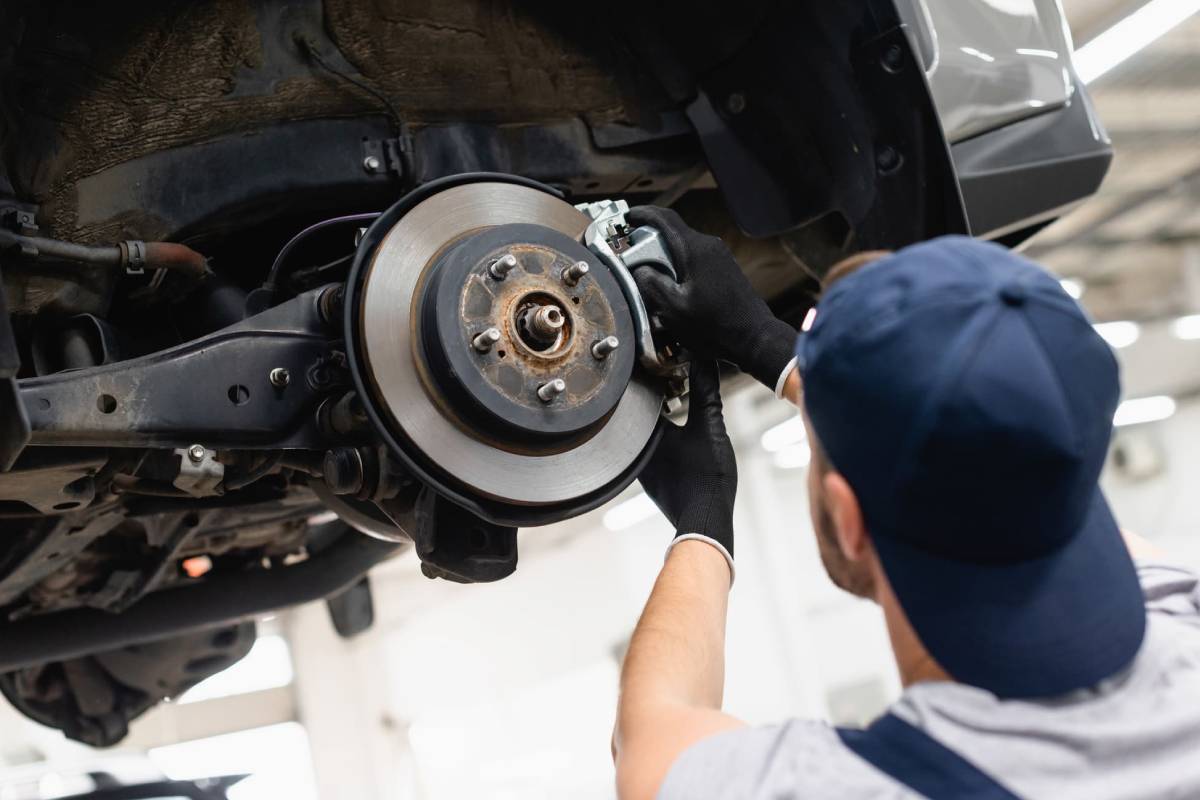Faster Delivery in 3-5 Days
Faster Delivery in 3-5 Days

Brakes are an important tool for safety and work quietly every time you press the pedal. Regular brake maintenance not only saves you money but also keeps you safe on the road.
Whether you're an experienced DIY enthusiast or a first-time car owner, understanding brake care and maintenance is necessary. Abnormal brakes can cause squealing noises or longer stopping distances, or even light up a warning light on your car's dashboard.
In this guide, we'll walk you through 6 simple steps to repairing your brakes. This guide is designed to provide clear, easy-to-follow instructions. Let’s get into the nitty-gritty details to help you complete this important maintenance task with confidence.

First check the brake fluid level and quality. If the fluid is black or contains debris, it needs to be replaced. Use a brake fluid tester to check the moisture level. To change the fluid, you will need to bleed the brakes to ensure there is no air in the brake lines.
Now it's time to inspect the rotor for warps, grooves, or cracks. Minor imperfections can often be corrected with resurfacing, which involves smoothing the rotor surface. However, if the damage is severe or the rotor falls below the minimum thickness, it will need to be replaced.
After inspecting the rotors, the next step is to inspect the caliper guide pins. These pins ensure smooth movement of the caliper. Remove them, clean them of old grease, inspect them for wear or damage, and lubricate them with high-temperature brake grease before reinserting them. This step helps prevent the calipers from sticking or the brake pads from wearing unevenly.
Next, inspect the brake pad hardware, including pads, clips, and sliders. These parts can become worn or corroded, causing the brakes to be noisy or less efficient. Replace damaged brake pads and worn hardware with new brake pads and worn hardware to ensure optimal brake function and longevity.
After servicing the brakes, check brake pedal height and free play. Adjustments must be made to ensure the pedal is at the correct height and has proper free play before the brakes engage. This is important for comfortable and responsive braking.
If your vehicle is equipped with an electronic braking system, such as ABS or an electronic parking brake, it is recommended to use an OBD (on-board diagnostics) scanner for system diagnosis. This will ensure that all electronic components are working properly and that no fault codes are present, ensuring the safety and reliability of the braking system.

While basic tools like wrenches and jacks are essential, certain steps may require specialized tools, such as a brake caliper tool or an OBD scanner.
It is recommended that your brakes be inspected every 12,000 miles. However, if you regularly drive in adverse conditions or notice any changes in braking performance, more frequent inspections are recommended.
Beginners can repair brakes, but it requires careful attention to detail. If you're not sure, start with a simpler task like checking your brake pads. For more complicated steps, it's a safer bet to seek help from a professional or an experienced friend.
Brake service is an important task to ensure safety and performance. Regular maintenance with the right tools and procedures can save you money and keep your vehicle running smoothly. Always put safety first and purchase an Autel OBD2 scanner to help inspect and maintain your car.